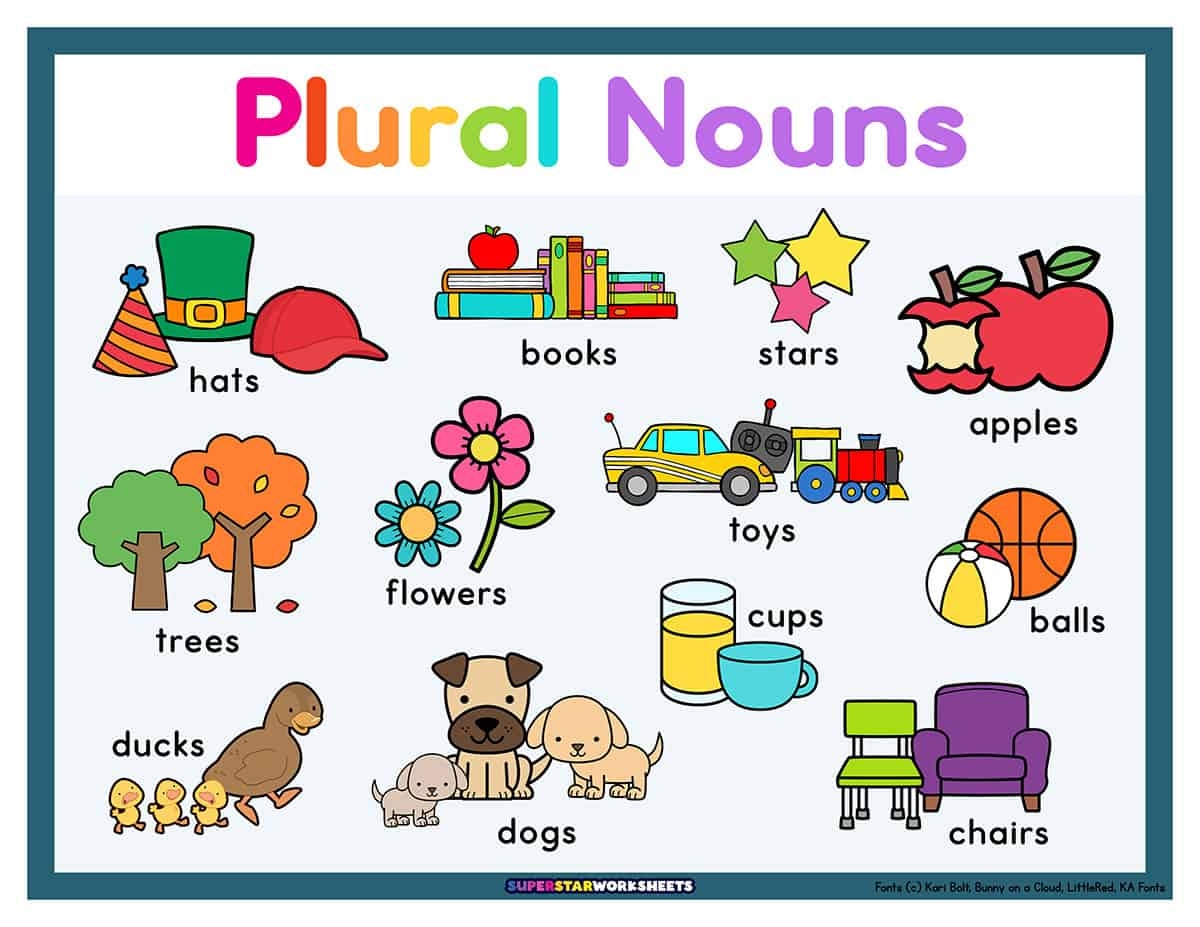Nouns in the English language can be singular or plural, depending on whether they refer to one thing or more than one. Forming the plural of a noun can sometimes be straightforward, but there are also various rules and exceptions to consider. Understanding how to correctly form the plural of nouns is essential for clear and effective communication.
When forming the plural of most nouns, you simply add an “-s” to the end of the word. For example, “book” becomes “books,” “cat” becomes “cats,” and “chair” becomes “chairs.” This is the most common way to pluralize nouns in English.
Irregular Plurals
However, there are many nouns that do not follow this rule and have irregular plural forms. For example, “child” becomes “children,” “man” becomes “men,” and “woman” becomes “women.” These irregular plurals must be memorized as they do not follow a consistent pattern.
Some nouns undergo a spelling change when forming their plural. For example, nouns ending in “-y” preceded by a consonant change the “-y” to “-i” and add “-es” to form the plural. For instance, “baby” becomes “babies,” “city” becomes “cities,” and “lady” becomes “ladies.”
There are also nouns that have the same form in both singular and plural. These are known as pluralia tantum. Examples include “scissors,” “pants,” and “trousers.” While these nouns appear plural, they are used as singular nouns in sentences.
It is important to pay attention to the plural form of nouns when writing to ensure clarity and precision in your communication. Incorrectly forming the plural of a noun can lead to confusion and misunderstandings. By understanding the rules and exceptions for pluralizing nouns, you can effectively convey your message in writing.
In conclusion, forming the plural of nouns in English involves adding an “-s” to most words, but there are also irregular plurals, spelling changes, and pluralia tantum to consider. By mastering the rules for plural nouns, you can enhance your writing and communication skills. Remember to practice and pay attention to the plural forms of nouns to ensure accuracy in your writing.
